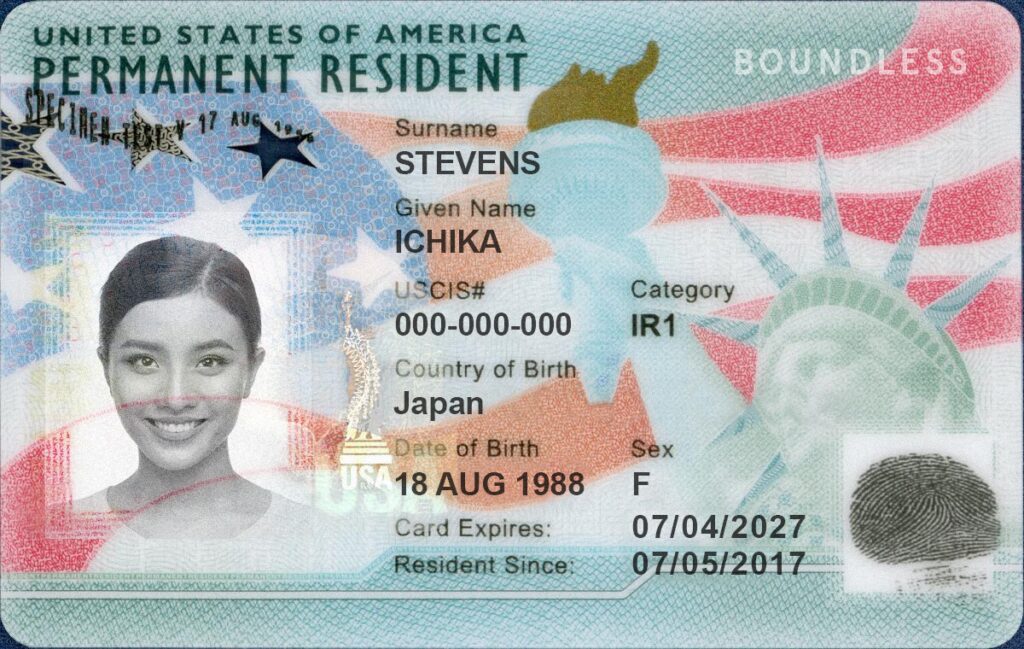Traveling to the U.S. can be exciting but navigating the visa system is complex. This article provides an overview of U.S. visa types categorized into immigrant and non-immigrant visas. Immigrant visas allow for permanent residency, while non-immigrant visas are temporary, covering purposes like tourism (B-2), business (B-1), student (F-1, M-1), exchange programs (J-1), and various temporary work visas (H, L, O, P). Understanding these categories is crucial for smooth entry into the U.S. It’s important to stay informed about visa requirements and consult official resources or legal advice for successful applications.
Understanding the Different Types of US Visas: A Comprehensive Overview
Traveling to the United States can be an exhilarating experience—whether for leisure, work, study, or to reunite with family. However, navigating the U.S. visa system can often feel overwhelming due to its complexity and variety. To help demystify the process and assist international travelers, this article provides a comprehensive overview of the different types of U.S. visas, their purposes, and the application process.
Introduction to U.S. Visas
The U.S. visa system is designed to regulate and monitor foreign nationals wishing to travel to the United States. Visas are essential for entering the U.S. and are categorized into two primary types: immigrant visas and non-immigrant visas.
-
Immigrant Visas: These are for individuals who plan to reside permanently in the United States. They lead to lawful permanent resident status, often referred to as obtaining a "Green Card."
- Non-Immigrant Visas: These are for individuals who wish to enter the U.S. temporarily for specific purposes, such as tourism, business, education, or medical treatment.
Understanding the differences between these visa types is crucial for ensuring a smooth entry into the United States.
Non-Immigrant Visas
Non-immigrant visas are issued for a limited duration, and recipients must adhere to the terms of their visa category. Here’s a closer look at the various non-immigrant categories:
1. Tourist Visas (B-2)
Purpose: Designed for individuals seeking to visit the U.S. for tourism, vacation, or visiting family and friends.
Duration: Generally valid for up to six months, with the possibility of extension under certain conditions.
Application Requirements: A valid passport, proof of financial means, a return flight ticket, and an application form (Form DS-160).
2. Business Visas (B-1)
Purpose: For individuals traveling to the U.S. for business-related purposes, such as attending conferences, negotiating contracts, or consulting with business associates.
Duration: Typically issued for six months but can be extended.
Application Requirements: Similar to B-2, with additional documentation showing the purpose of the business trip.
3. Student Visas (F-1 and M-1)
Purpose: F-1 visas are for academic students enrolled in a full-time program, while M-1 visas are designated for vocational or non-academic studies.
Duration: Valid for the entire period of study plus any authorized practical training period.
Application Requirements: Enrollment confirmation from a SEVP-certified school, proof of financial support, and a Form I-20.
4. Exchange Visitor Visas (J-1)
Purpose: For individuals participating in approved exchange programs, such as those for research, teaching, or cultural exchange.
Duration: Usually varies depending on the specific program but can range from a few months to several years.
Application Requirements: Sponsorship from an approved program, proof of financial capability, and application documentation.
5. Temporary Work Visas (H, L, O, P, and more)
Different categories exist under temporary work visas, catering to various professional needs:
- H-1B: For specialty occupations requiring technical and theoretical expertise.
- L-1A/B: For intra-company transferees (managers/executives or employees with specialized knowledge).
- O-1: For individuals with extraordinary ability or achievement in their field.
Duration: Generally, these visas are issued for one to three years, with the potential for extensions.
Application Requirements: Job offer from a U.S. employer, proof of qualifications, and as applicable, labor certification.
Immigrant Visas
Immigrant visas are intended for individuals who seek permanent residency in the U.S. This section will explore various pathways under which immigrants may apply.
1. Family-Based Immigrant Visas
Purpose: To allow U.S. citizens or lawful permanent residents to sponsor certain family members for immigrant status.
Categories:
- Immediate relatives (spouses, children, parents).
- Family Preference categories (siblings, adult children).
Application Requirements: Form I-130 (Petition for Alien Relative), proof of relationship, and supporting documentation.
2. Employment-Based Immigrant Visas
Purpose: For foreign nationals receiving job offers from U.S. employers or those with extraordinary skills.
Categories: Divided into five preference categories based on qualifications, skills, and job availability.
Application Requirements: Employer sponsorship, labor certification (if applicable), and submission of Form I-140 (Immigrant Petition for Alien Worker).
3. Diversity Visa Program (DV Lottery)
Purpose: Aimed at individuals from underrepresented countries to enhance diversity in the U.S. immigrant population.
Duration: The lottery is held annually with a limited number of visas available.
Application Requirements: Must meet education and work experience criteria and submit an application during the registration period.
Conclusion
Understanding the various types of U.S. visas is essential for anyone considering a trip to the United States. Whether you are planning a short visit for leisure or a long-term stay for work or education, being well-informed about the visa requirements and processes can significantly ease your journey.
Before applying for a visa, it is advisable to consult the official U.S. Department of State website or seek professional legal advice to ensure all information and documentation are in order. With the right preparation and understanding of the myriad visa options available, your American adventure awaits!
Final Notes
Visa regulations can change frequently; therefore, staying updated on the latest requirements is crucial. Engaging with international communities, travel forums, and immigration specialists can offer valuable insights into the visa application process—further facilitating your travel plans to the United States. Safe travels!
